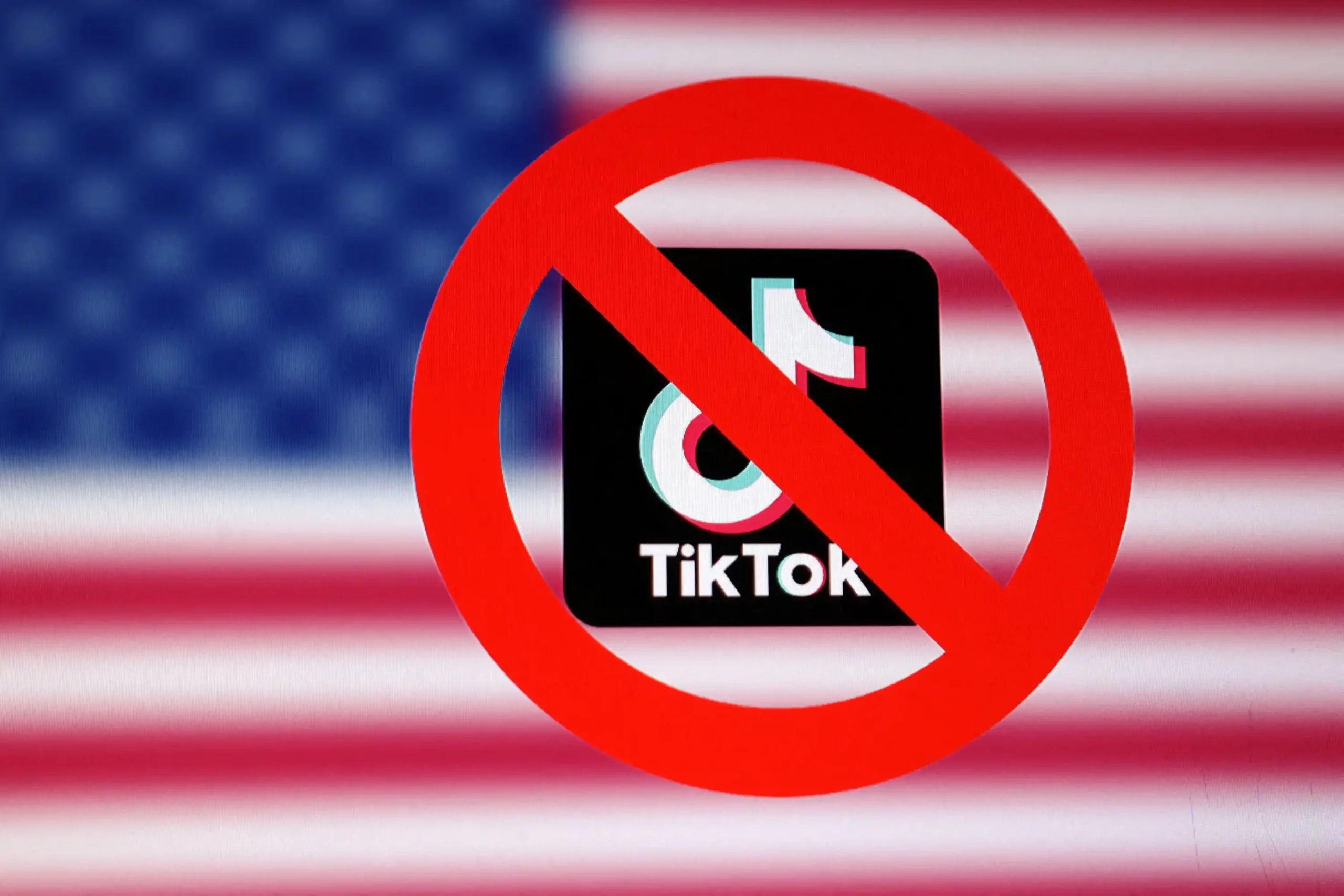Instagram, owned by Meta, and YouTube, managed by Google, are preparing to capitalize if TikTok faces a ban in the U.S. This decision could redistribute millions of users and billions in revenue across the social media industry.
Why Does It Matter?
Interest in TikTok in the U.S. has reached such heights that the app has become an integral part of daily life for millions of users. The platform is utilized for educational content, entertainment, political activism, and even charity work.
A ban on TikTok could deprive many creators and small businesses of their primary income platform. With 170 million active TikTok users in the U.S., the app’s ban could mark a seismic shift in how Americans consume media. This creates a unique opportunity for competitors to capture both audience and advertisers.
According to a TD Cowen survey, 29% of TikTok users would switch to Instagram Reels in the event of a ban, while 23% would turn to YouTube Shorts. Both platforms are already adapting to attract these potential new users.
How Much Is TikTok Worth?
Valuing TikTok is complex due to its ownership by the Chinese company ByteDance and its use of a powerful algorithm, which is unlikely to be included in potential deals. Analysts suggest several scenarios:
- Frank McCourt’s Offer: The real estate magnate has proposed $20 billion for TikTok’s U.S. business without its algorithm, based on the valuation of its user base and potential profitability.
- Without the Algorithm: The U.S. business of TikTok is estimated to be worth $20-55 billion, similar to Snap Inc.’s market capitalization.
- With the Algorithm: Wedbush analysts suggest TikTok’s value could reach $300 billion, thanks to its uniquely engaging algorithm.
- Market Multipliers: With projected U.S. revenues of approximately $22 billion in 2024 and a 6x revenue multiplier, TikTok’s market valuation could be $132 billion.
Competitors’ Actions
Competition among platforms is not just for users but also for creating favorable conditions for creators. For instance, Meta is working on introducing new analytics tools for influencers, while YouTube is enhancing monetization options for short videos.
Additionally, companies are leveraging loyalty programs to attract and retain content creators. Meta is preparing to welcome TikTok users by strengthening Instagram Reels and enticing popular influencers. The company is even considering transferring content from TikTok to Instagram.
Google is also adapting YouTube Shorts by increasing video lengths and inviting creators to educational programs. In October, YouTube extended the maximum length of Shorts to three minutes, making the platform more appealing to former TikTok users.
Potential Risks and Opportunities
An intriguing fact is that some American users, expressing dissatisfaction with U.S. policies, have started migrating to the Chinese app Xiaohongshu, also known as “RedNote.” Unlike TikTok, this platform lacks data centers in the U.S. New users are humorously dubbed “American refugees” on social media—a phrase highlighting the irony of the situation. However, this is more of a humorous exaggeration than an official practice.
Despite the opportunities associated with audience redistribution, banning TikTok could provoke negative reactions from younger audiences who actively support the platform. Some experts warn that such a move could heighten tensions between the U.S. and China, potentially impacting the tech sector as a whole.
A TikTok ban in the U.S. could result in a 29% drop in the company’s global ad revenue in just one month. Meanwhile, American platforms are ready to seize the moment by reallocating advertisers’ budgets. According to TD Cowen’s research, 56% of ad agencies are willing to invest in Instagram Reels, while 24% favor YouTube Shorts. Even platforms like Substack and Clapper are offering financial incentives to creators to attract their audiences.
A TikTok ban creates unprecedented opportunities for the growth of Instagram, YouTube, and other competitors. At the same time, it remains unclear who will benefit most and how quickly they can capitalize on the potential audience redistribution. One thing is certain: the battle for user and advertiser attention is just beginning.


















